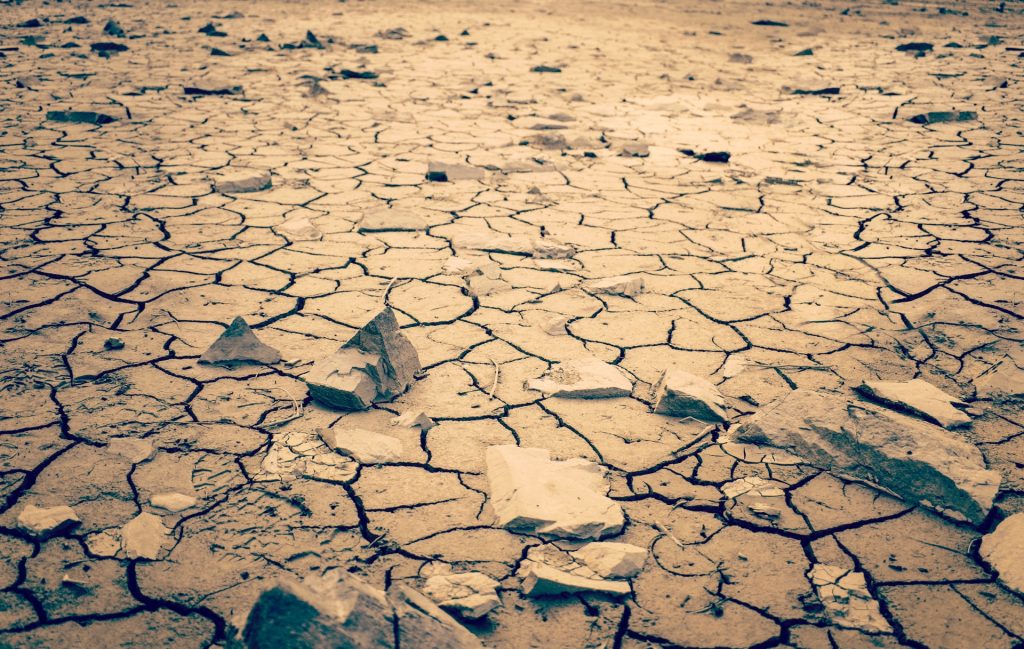Climate Change Will Increase Deaths Linked to Extreme Temperatures

The death rate linked to extreme temperatures will increase significantly under global warming of 2°C, with even steeper rises for each degree of warming, finds a report published in Environmental Research Letters.
With a warming scenario of just 2°C from pre-industrial levels, temperature-related mortality in England and Wales during the hottest days of the year will increase by 42%. This means an increase from present-day levels of around 117 deaths per day, averaged over the 10 hottest days of the year, to around 166 deaths per day. The findings underline the importance of keeping global warming levels to below 2°C.
At current global warming levels of around 1.21°C there would be a slight decrease in temperature-related mortality in winter and a minimal net effect in summer, meaning that overall, at this level of warming we see a slight decrease in temperature-related mortality rate.
The researchers assessed the impact of climate change on mortality rates England and Wales, specifically risk from heat in summer and cold in winter. They found that as the global mean temperature increases, temperature-related mortality in summer will increase at a much faster, non-linear rate.
The rate of increase particularly speeds up at 2°C of warming, with a much higher risk appearing beyond 2.5°C. The researchers say that 3°C warming could lead to a 75% increase in mortality risk during heatwaves.
The relationship between temperature and mortality on a graph is roughly U-shaped, meaning that at extremely high temperatures, mortality risk increases sharply for each degree rise of daily mean temperature.
The rate in winter will continue to decrease, although this leaves out extreme weather events such as storms.
Lead author Dr Katty Huang said: “The increase in mortality risk under current warming levels is mainly notable during heatwaves, but with further warming, we would see risk rise on average summer days in addition to escalating risks during heatwaves. What this means is that we shouldn’t expect past trends of impact per degree of warming to apply in the future. One degree of global warming beyond 2°C would have a much more severe impact on health in England and Wales than one degree warming from pre-industrial levels, with implications for how the NHS can cope.”
In England and Wales, temperature is associated with around 9% of total population mortality, meaning that 9% of all deaths during 2021 could be associated with the temperature. Most of those deaths are related to the side effects of cold weather.
The team analysed the 2018 UK Climate Projections (UKCP18) with data on present-day temperature and mortality in order to predict changes in temperature-related mortality relative to degrees of global warming.
In order to isolate the effects of global warming on mortality risk, the researchers looked at the potential impact for the current population, and not attempting to predict future age distributions and medical conditions.
Project lead Professor Andrew Charlton-Perez said: “As the Intergovernmental Panel on Climate Change impacts report recently showed, it is increasingly common to examine how different levels of mean global warming raise the risk of significant harm to people and society. Our study shows that because death rates will go up significantly if countries experience very high temperatures, limiting the average global rise in temperatures is likely to have substantial benefits for the overall health of the population.”
Source: University College London




